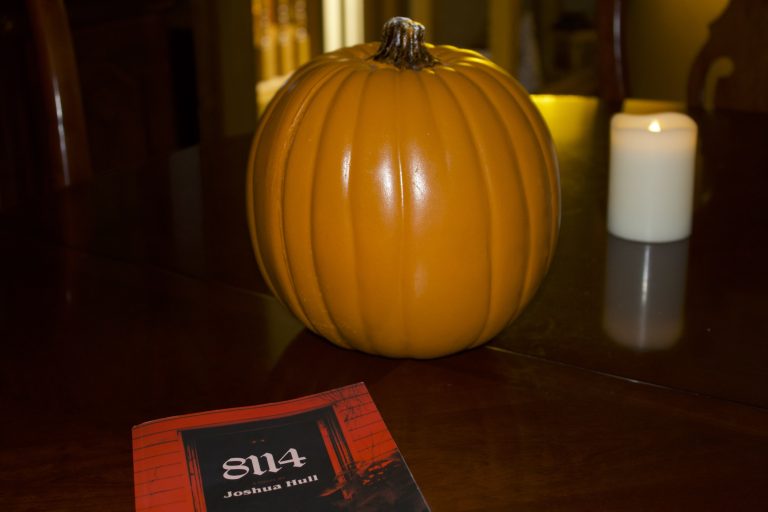Carnival, Christmas and New Year’s Eve are all huge holidays in Trinidad and Tobago and are often celebrated with more gusto than a holiday in the United States, according to Assistant Professor of teacher education Rachel Aming-Attai. She said Christmas traditions in Trinidad are far more lively and energetic than in the United States.
“It’s a very special time,” Aming-Attai said. “It’s also a very social and crazy time. Trinidadians are known for their parties during Carnival, which is a parade through the street and then a week-long party. But during Christmastime, the parties are more inside people’s homes, and even then it gets pretty crazy.”
One of the largest celebrations in Trinidad and Tobago is the Carnival, an annual week-long celebration that culminates during the Monday and Tuesday before Ash Wednesday, which is the start of Lent in Catholic and Protestant faiths. The Carnival includes huge parades throughout the streets, dancing and lavish and decorative costume contests. Even though Trinidad and Tobago are only a set of two small islands, their Carnival is one of the largest in the world, drawing in about 300,000 people annually, according to travel site momondo.com.
Aming-Attai compared Trinidadian Christmas Day festivities with those during Thanksgiving in the United States.
“So Christmas is a very family-oriented time,” she said. “The meal is very special. We have ham, turkey and pork. We also have pastelles (a beef-filled pastry similar to a tamale) and that is a huge part of the Christmas menu. We also have a drink called sorrel. You can add brandy in it, if you want to spike it a little bit, but most people just boil it and put in sugar. It’s like a kind of juice.”
In Trinidad and Tobago parranderos, or merrymakers or carolers, typically travel from house to house playing a style of music known as parang, a mixture of Venezuelan and Trinidadian calypso music. The parranderos will travel between the houses singing and playing various instruments such as box basses, steel drums, guitars and even pots and pans. A notable difference between carolers in the United States and parranderos is that in Trinidad and Tobago the parranderos are usually welcomed into each house and fed before moving on to the next. Parranderos often will show up late during the night, during the time most people are asleep, and play music until the family wakes up to serve them refreshments. This tradition generally occurs during the week between Christmas and New Year’s Day.
“When I was younger, I was in the church choir. We would go to midnight mass, because we’re Catholics,” Aming-Attai said. “After mass, we would go to my friends’ house, then we would go out with a guitar and tambourine, playing from house to house. We would do that all the way from the end of mass until Christmas morning. So no one sleeps during Christmas Eve into Christmas morning.”
The typical dinner party that many Americans have during Christmas would not be found in Trinidad and Tobago, according to Aming-Attai.
“A party here and a party in Trinidad are two completely different things,” she said. “First of all, there are no chairs; you will sit around at tables to have dinner, but that’s it. Then you clear everything, put on loud music and then you dance. That’s what a party is, and it goes on and on until the next morning.”
A common practice for Trinidadians during Christmas is for them to paint their houses, buy new appliances and hang new curtains and drapes. Similar to “spring cleaning,” but in the winter. The Christmas lights that decorate houses across the United States also are a commonplace in Trinidad and Tobago. So, too, are Christmas trees. However, all the Christmas trees on the islands are artificial, because live trees are unable to grow in the tropical climate.
According to Aming-Attai, Trinidadians tend to dress more formally for New Year’s Eve parties, as people do in the United States.
“Instead of calling it ‘New Year’s Eve,’ in Trinidad we call it ‘Old Year’s Night,’” she said. “That is the night that everybody gets dressed up. It’s very formal. People will then go around to different parties, which can either be house parties or parties in public places. Sometimes people will spend between $300 and $2,000 for one ticket to get into these parties. It’s kind of similar to here, where everyone wears hats, has noisemakers, and then we watch fireworks at midnight.”
Aming-Attai’s favorite part about the winter holidays in Trinidad and Tobago is being able to see her whole family.
“Here [in the United States], it’s just the nuclear family a lot of the time,” she said. “Back home, the holidays include all of your extended family. It’s a really special time, because I don’t get to see them during the rest of the year. I also really enjoy getting to eat all of the foods that I can’t eat here, like sorrel and pastels.”
Aming-Attai makes a point to visit her family during the holidays, once every other year, to keep in touch and enjoy their company. Although she says she often cannot actually talk to her friends and family during their parties, because of the loud music, she thoroughly loves spending time with them







